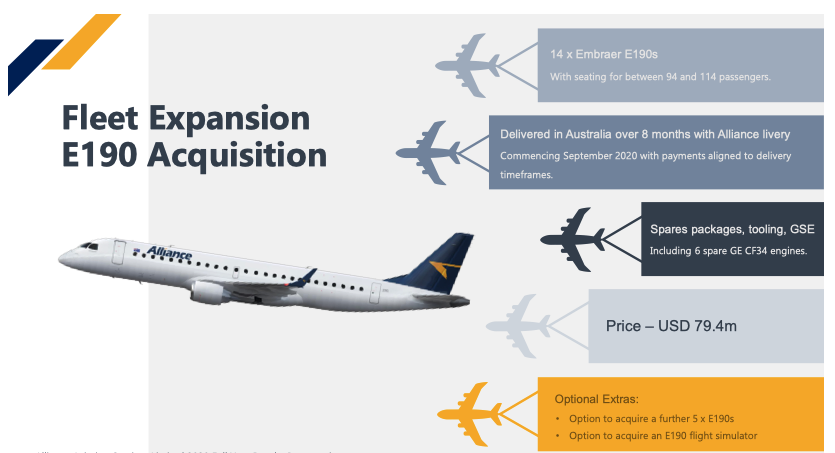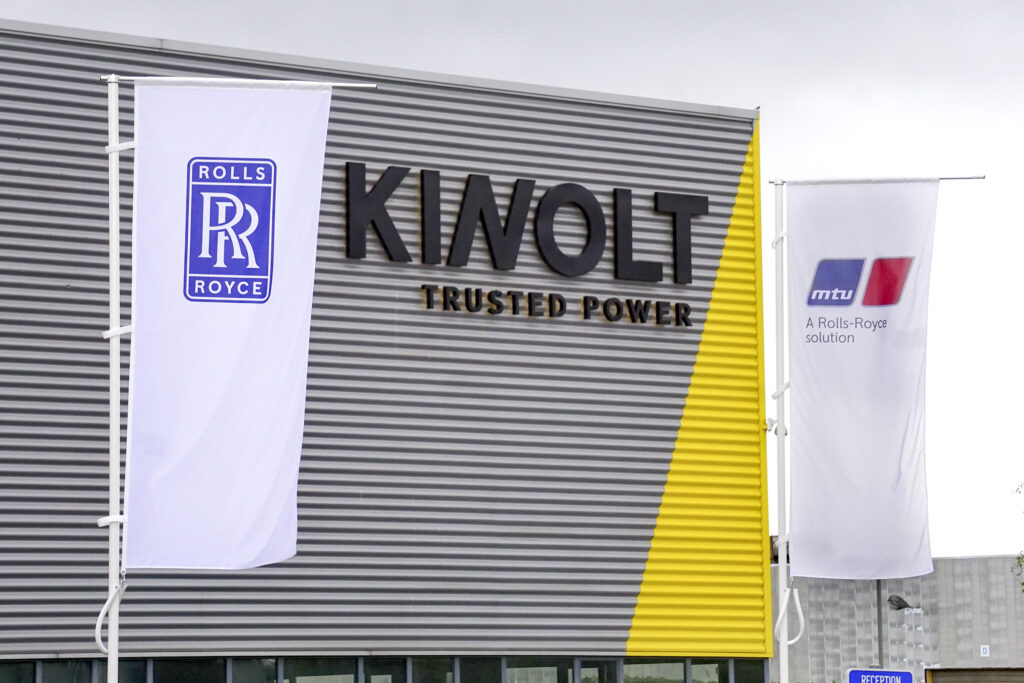Qantas Group Targets Domestic Growth with Alliance Airlines Capacity Deal
A new deal with Alliance Airlines will help the Qantas Group meet an expected surge in local tourism demand once the country moves beyond sudden COVID-related border closures. Alliance will provide the QantasLink network with…



